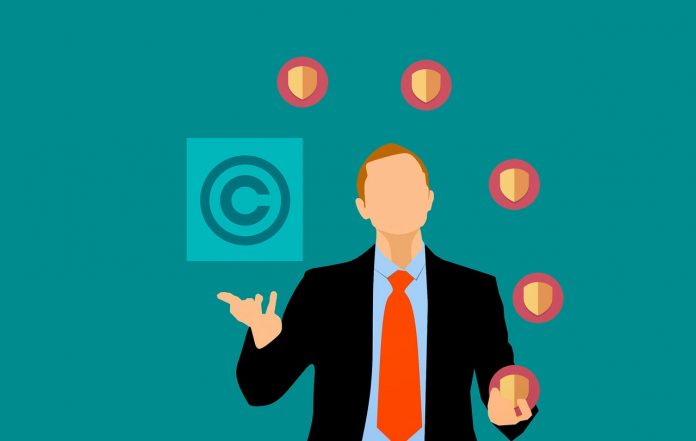Can Internet ideas be patented? Since the landmark case Alice Corp. v. CLS Bank International, the answer has been no. Until now. In 2018, the court in Match v. Bumble Trading Civil Action No. 6:18-cv-00080 have finally allowed patent attorneys and the United States Patent Office to circumvent that 2014 ruling. Thus, now is the time to patent Internet ideas.
Previously, there was no effective way to protect an idea with any form of intellectual property protection. Copyrights protect expression and creativity, not inventions. This is not to suggest that ideas are not valuable, but they were not as valuable as patentable ideas. But now they are.
In Alice, the United States Supreme Court ruled that “merely requiring generic computer implementation fails to transform [an] abstract idea into a patent-eligible invention.” but in Match, the United States court found that one particular type of improvement which is unique to Internet ideas was eligible for patent protection, namely Internet user interface improvements.
Since that time, the court have maintained that there are other ways for Internet ideas to become patent eligible. These include: (1) using special purpose hardware with your Internet idea, e.g., combining cell phones or digital watches with software to implement an Internet idea results in patentable novelty; (2) having your Internet idea result in the ability of using an Internet device for a new purpose, e.g., using as a tablet as a local broadcasting hot spot results in patentable non-obviousness; (3) using your Internet idea to improved electronic device user interface, e.g., using a local cell tower to service a broader area results in a patentable combination; and (4) making your Internet idea change Internet communications, e.g., by changing the language used on Internet sites when a user’s disability is identified. Specifying the particular type of data to be displayed and the specific way to display it results in a patentable matter.
As a result, it’s now much easier to assess whether specific Internet ideas are patentable. The test is simply whether the Internet idea implements an abstract idea. As in the examples noted above the answer is no. That said, since Match, both the United States Patent Office and private practice patent petitioners have given additional guidance and have provided additional tests. Nevertheless, it can be difficult to determine what ideas the USPTO and the courts will find abstract and what ideas will be found eligible to be patented in the future. Thus, it makes sense (and more likely dollars … pun intended) to apply for Internet idea patent now while the courts and the Patent Office are amenable to allowing them.
As a practical matter, the USPTO has been rejecting business method patent applications and examination of some software patent applications but allowing the types of Internet idea patents noted above. This change, however, may be reversed after the USPTO implements revised examination guidelines that consider recent court decisions and policy changes, so delaying the prosecution of Internet idea patents is sub-optimal.
Another general expansion of Internet idea patents is for software that affects the operation of a computer or the Internet itself. For example, the USPTO has routinely approved patent applications for Internet ideas that increase the speed of the computer or increases the security of the Internet.
Patent applications cost about $5,000 and more if the application is not accepted right away, a common scenario since an initial rejection is generally the case. Thus, inventors with Internet idea inventions may want to file a provisional patent application, which costs about $1,000 and can be completed in one day if the inventor spends that day with the patent attorney.
A provisional application can provide the inventor with a cost-effective way to secure his or her idea while trying to sell it. However, a provisional application will only give the inventor one year to determine whether to proceed with a non-provisional patent application.
A provisional application cannot be renewed and will never become a non-provisional patent application unless a new filing is made. Thus, for all the reasons noted above, inventors should consider filing a provisional patent application before the court or the USPTO reconsiders the eligibility of Internet patent ideas.
While Internet ideas are still patent eligible, inventors and companies which use Internet ideas should consider developing an Internet idea portfolio. This includes patenting existing Internet ideas which have been in use for one year or less. Patent laws bar the eligibility of all ideas which have been used for more than one year.
Find a Home-Based Business to Start-Up >>> Hundreds of Business Listings.

















































